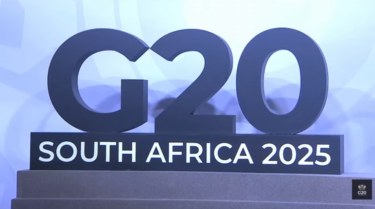Regardless of what city you live in, rush hour is undoubtedly the worst and most chaotic time for any city. The flood of citizens rushing to get to work, or to return home can feel like hell. Fortunately, cities around the world are implementing new methods utilizing technology and psychology to speed up transport. For example, in Japan, the government has cleverly used Nudge Theory through the use of arrows and other methods to encourage travelers to move more effectively, enhancing the efficiency of the whole processes.
In China, the government has taken a different approach adopting facial recognition technology. Beijing is now considering the introduction of “bio-recognition technology” to its subway station. The city will look to implement palm scanners and facial recognition scanners which would supposedly help increase efficiency and decrease gridlock in key stations during rush hour.
To get a better idea of how this technology could improve the speed and efficiency of public transport we spoke with Preeti Prabhu, the Lead Program Manager at Graymatics, an artificial intelligence company that classifies images and videos to provide customer-centric solutions, who said “Facial recognition has been a hot topic recently, and for good reason as its practical uses are numerous. The most common uses of facial recognition are of course for identification, security, and surveillance, etc. But it can be used for so much more, and we at Graymatics are leveraging the immense amounts of data we get to provide innovative solutions for clients. For instance, facial recognition can be used in the field of retail to identify and even differentiate between customers, such as first-timers and repeat customers. Clients can make use of this information to better cater to customers’ wants and build brand loyalty.”
“Facial recognition can even be used in transport in place of traditional card passes, as we see increasingly happening. It is also replacing biometrics for tasks such as attendance-taking, door-opening, etc. The uses of facial recognition are great, and Graymatics, with enhanced image analytics and cognitive media processing, is strongly established in this field,” adds Prabhu.
There have been some who have questioned to what extent this technology will infringe on privacy, however, this aside, there is certainly a lot of opportunity for this tech to improve transport and make rush hour a little less stressful for everyone involved.












